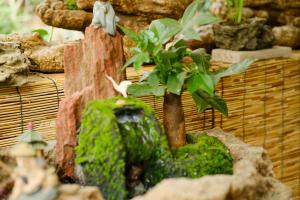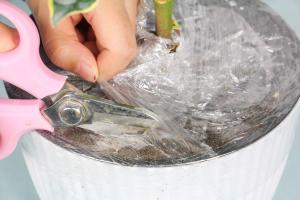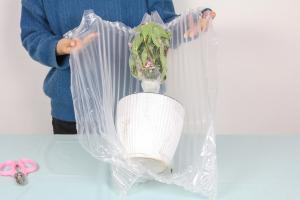1、 Soil
It is best to choose loose, breathable, fertile and acidic soil. It can mainly use rotten leaf soil, mix some river sand into it, and add base fertilizer, such as cake fertilizer
2、 Watering
Because Daphne odora is a fleshy root, the amount of water must not be too much. Take the pouring as the boundary, and do not accumulate water. In addition, pay attention to waterproof in rainy season. If it rains, pour out the accumulated water in the basin in time
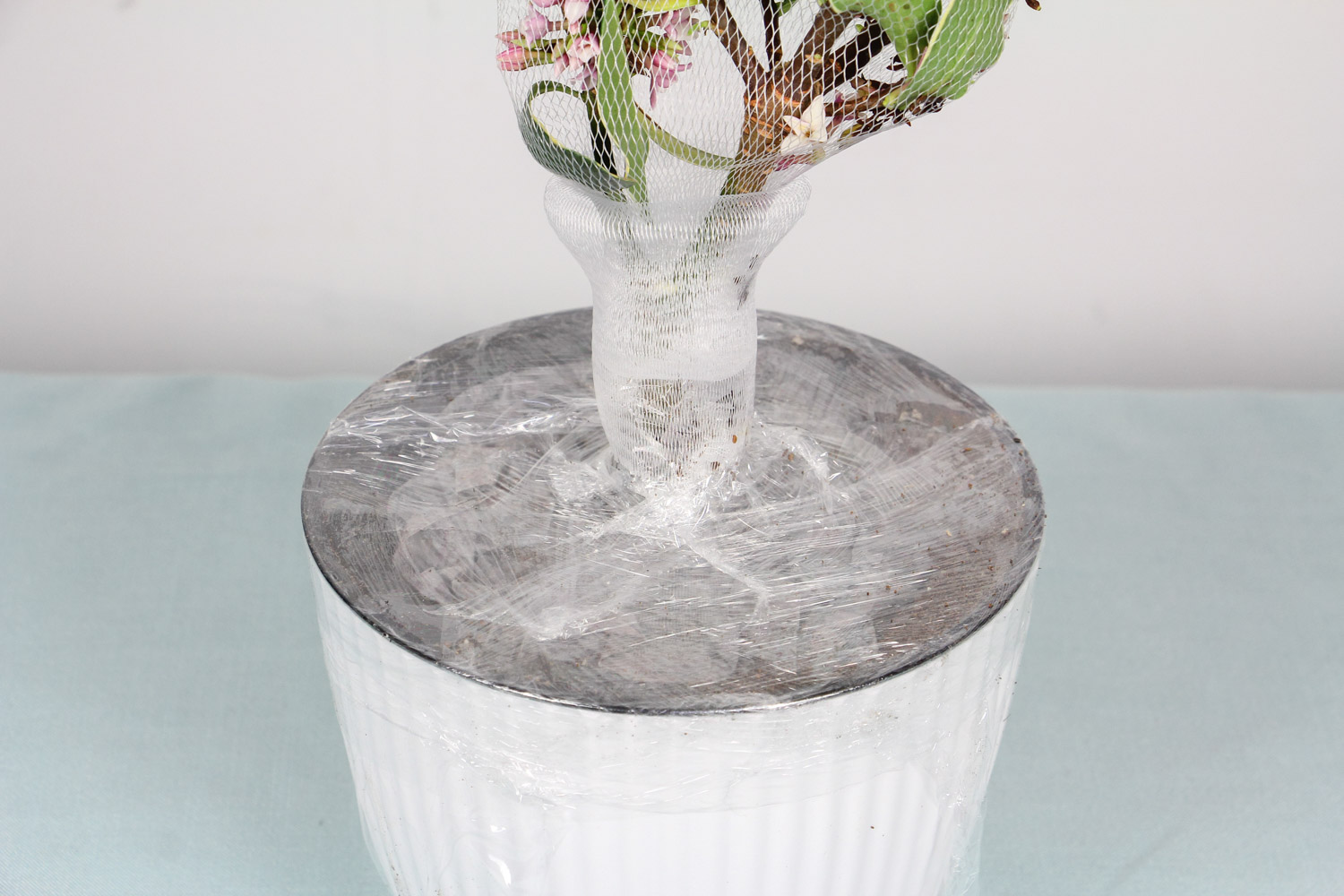
3、 Illumination
It itself likes half Yin. Therefore, it can be placed in semi shade or where there is scattered light. Flowering can receive more light, and so can winter
4、 Temperature
It likes to be warm. It can keep about 20 ℃ at ordinary times. In winter, it should be noted that the temperature should be maintained above 5 ℃

5、 Fertilization
In the growth stage, fertilizer can be applied every ten days, especially in spring and autumn. Liquid fertilizer can be used, and the concentration should not be too high. In addition, liquid fertilizer was used once before and after flowering
6、 Pest control
Its own fragrance will attract some insects, such as aphids and scale insects, which should be prevented as soon as possible. Once it is found, spray chemicals in time for control
7、 Regular pruning
It is more resistant to trimming and shearing. At ordinary times, it can cut off the opposite, messy and parallel branches, which is conducive to its shape. Dead and diseased branches should also be cut off, which is conducive to its growth. In addition, pruning should be carried out after flowering
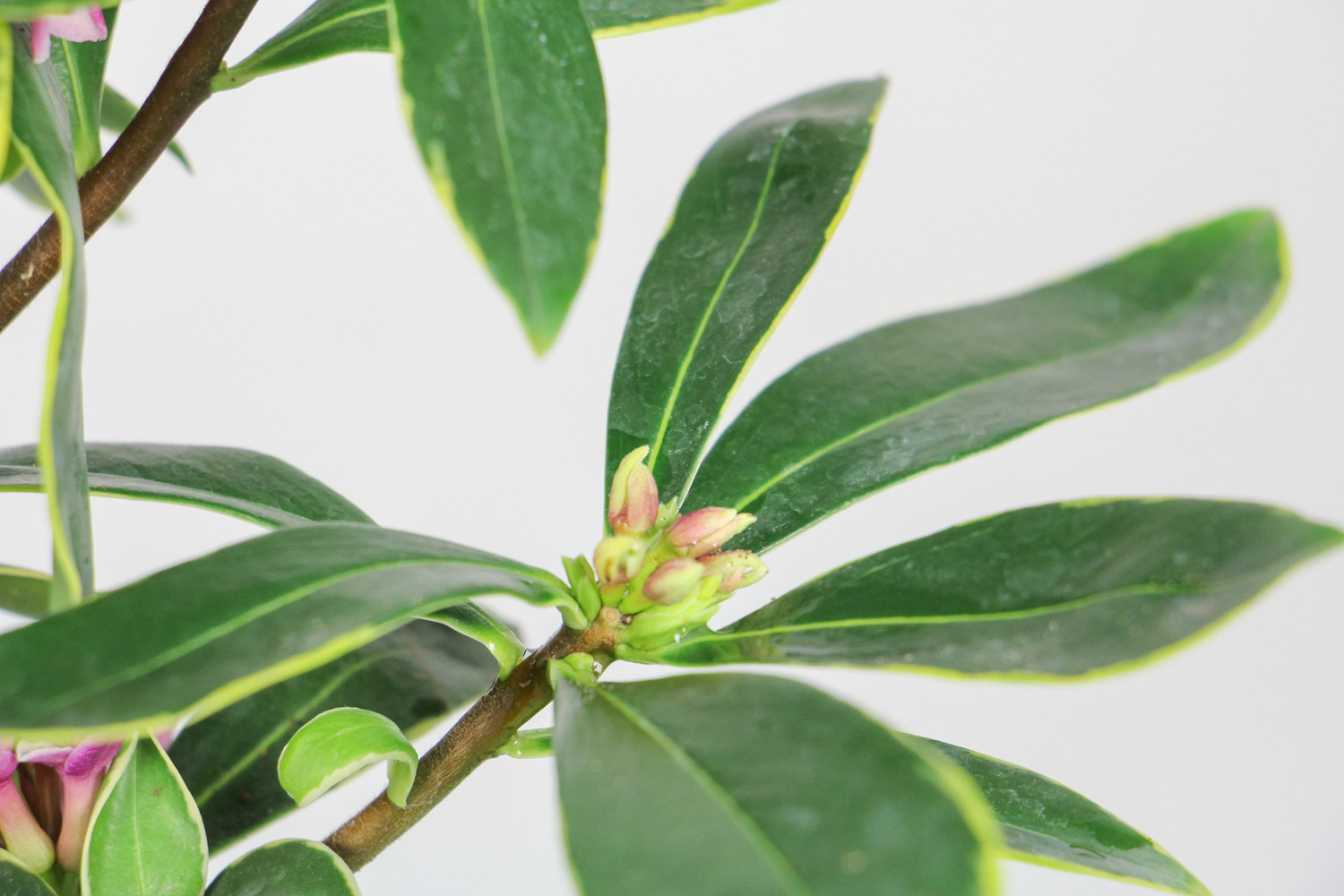

 how many times do yo...
how many times do yo... how many planted tre...
how many planted tre... how many pine trees ...
how many pine trees ... how many pecan trees...
how many pecan trees... how many plants comp...
how many plants comp... how many plants can ...
how many plants can ... how many plants and ...
how many plants and ... how many pepper plan...
how many pepper plan...
